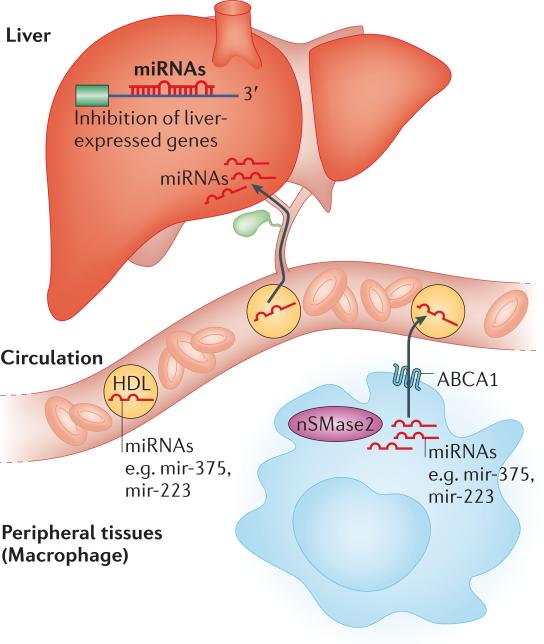Figure 4. Model for the function of circulating miRNAs associated with HDL.
MiRNAs such as miR-375 and miR-223 are produced in peripheral tissues and incorporated in exosomes through a mechanism controlled by nSMase2, the rate limiting enzyme in ceramide biosynthesis, and transported in the blood. Some miRNAs are also bound to high-density lipoproteins (HDL), incorporation of microRNAs into HDL is controlled by the cholesterol transporter ABCA and by nSMase. Uptake of RNA and miRNAs from exosomes in target cells does not require binding to a specific receptor. MiRNAs associated with HDL are thought to be trafficked to the liver through the reverse cholesterol transport (RCT) pathway and taken up by a scavenger receptor B I-dependent mechanism. Once inside target cells, miRNAs can then exert inhibitory effects on a range of target genes.

